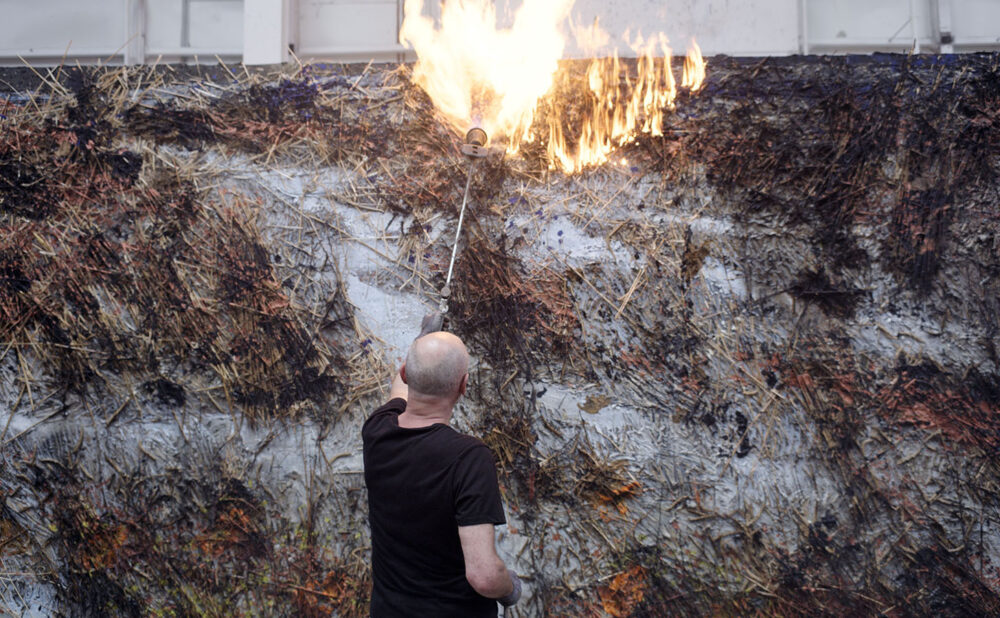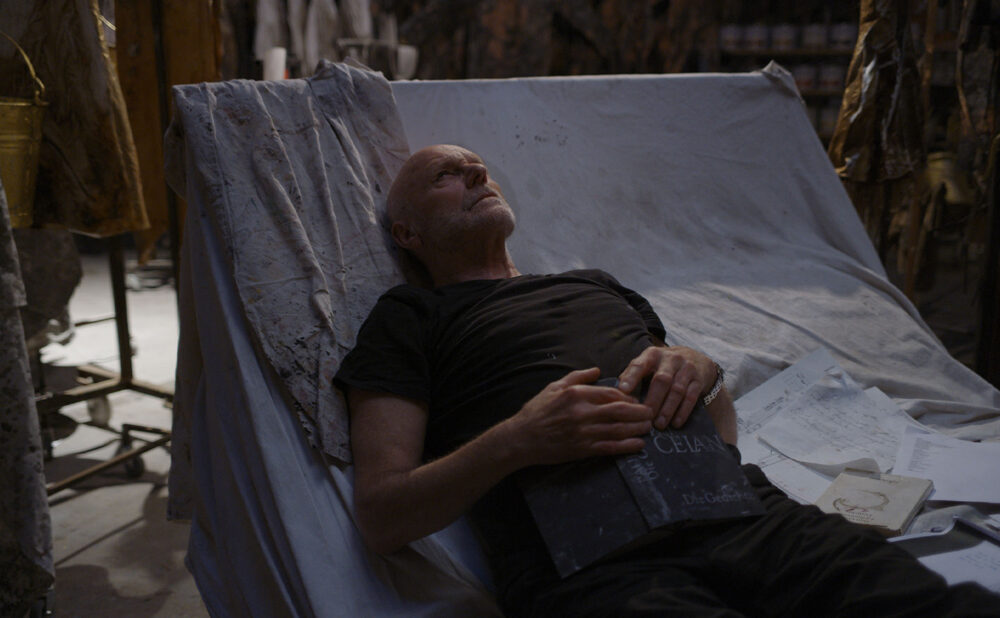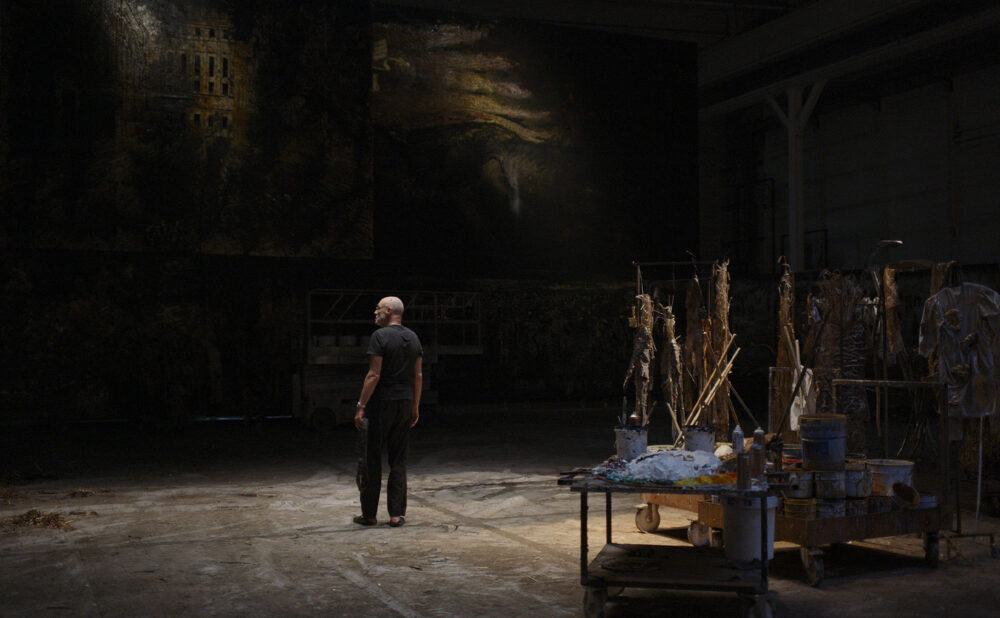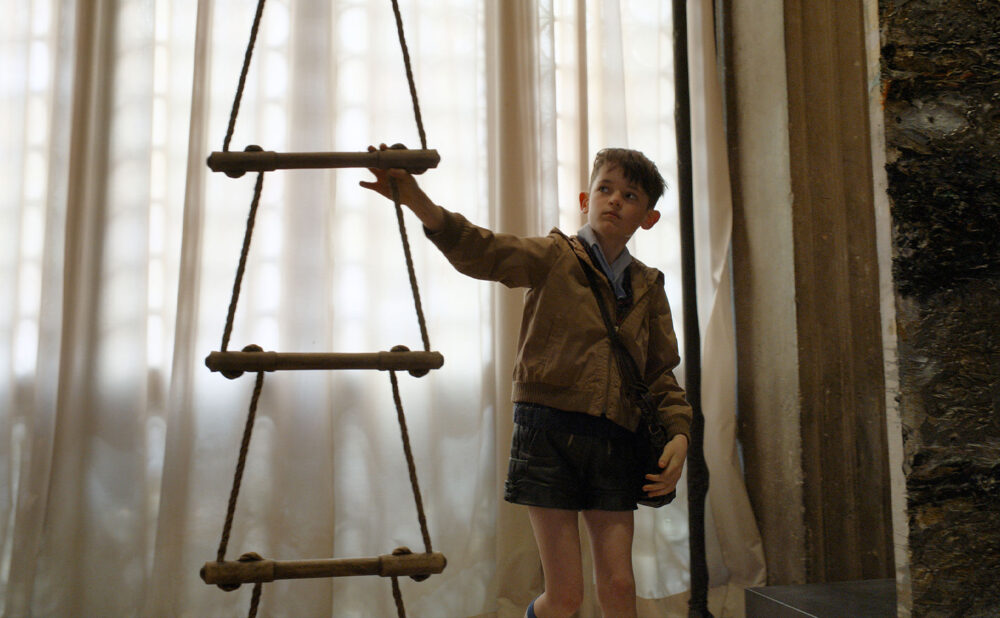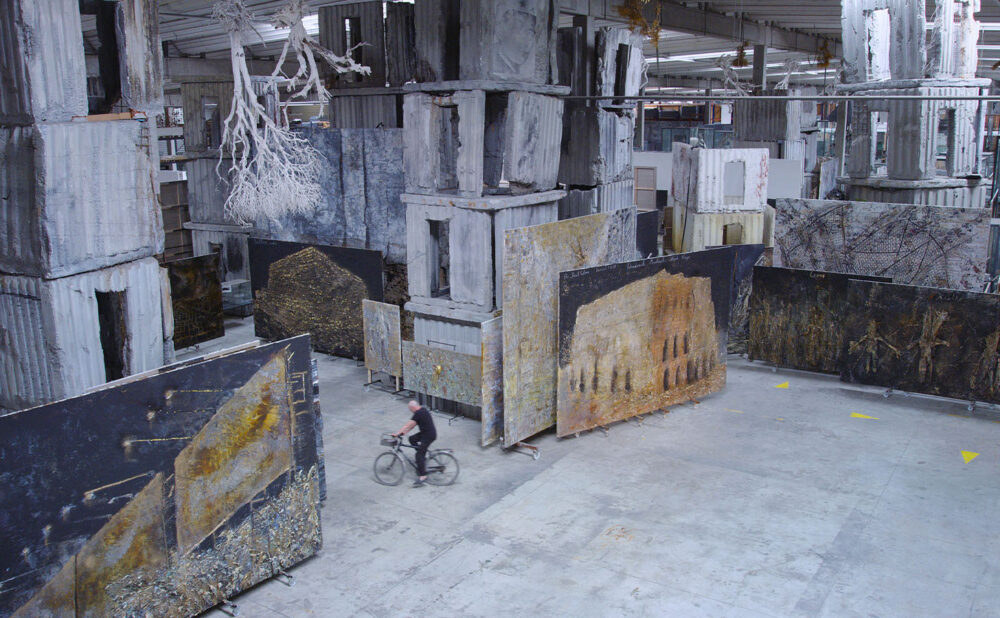Wim Wenders artfully challenges documentary concept
Wenders uses 3D, patient filmmaking to take us inside German modern artist’s work
Anselm
Where: In theatres
What: 3D Movie, 93 mins.
When: Fri., Dec. 22
Genre: Documentary
Rating: NNNN (out of 5)
Why you should watch: Not a traditional documentary but takes you inside the process and artwork of sometimes controversial German visual artist Anselm Kiefer.
NO TALKING HEADS or omnipotent narrators here. Wim Wenders’ deeply affecting new documentary, Anselm, about German visual artist Anselm Kiefer, takes us inside the artist’s process, inspiration and art itself — all in highly effective 3D that makes the immersion more complete.
“Immersive” exhibits that pop up like spring dandelions in this city should aspire to be as affecting and effective as this unique film. It takes us into experiencing Kiefer’s art before any attempt is made to explain it. The subtle use of 3D technology takes us further into Kiefer’s bleak, beautiful and often massive artworks, eventually leaving us craving to understand what has led to their creation. The film shares those answers as if slowly, purposefully pulling back a sheet to finally reveal a magnificent sculpture.
We see a present-day Kiefer, now in his 70s as he navigates the massive space — often by bike — in which he stores and creates his huge sculptures and wall-sized multimedia creations that incorporate torched plants, molten metal and more.
Like Wenders, Kiefer was born in Germany in 1945 just after the Second World War ended. His work is profoundly affected by an early childhood in a post-war world, in which playing in rubble and literal scorched earth was the norm. The artist believed his country avoided facing its war-mongering past and was determined not to let it escape this conversation. His work sometimes, provocatively, flirts with Nazi imagery and the writing of influential Germans whose words were used to inspire the Third Reich.
Metaphorically (and literally), his work was created in flames and the power of his inspiration, the art and the towering artist himself all come through in Wenders’ patient filmmaking.
Kiefer’s son, Daniel, plays him as a younger man in “news reel” interviews that help unravel his motivation. Wenders’ grand-nephew, Anton, plays the artist as a young boy with an early fascination for imagery.
Wenders previously used 3D in his film Pina (2011), a tribute to German choreographer Pina Bausch, which mostly featured performances of her revolutionary work.
In both films, Wenders uses 3D not as a gimmick but as a valuable tool to take us deeper into the art he seeks to celebrate.
Like the subject of his film, Wenders is a mature artist, still at the top of his game, who remains highly relevant. With Anselm, he has created a quietly compelling film that upends traditional ideas of a documentary.

